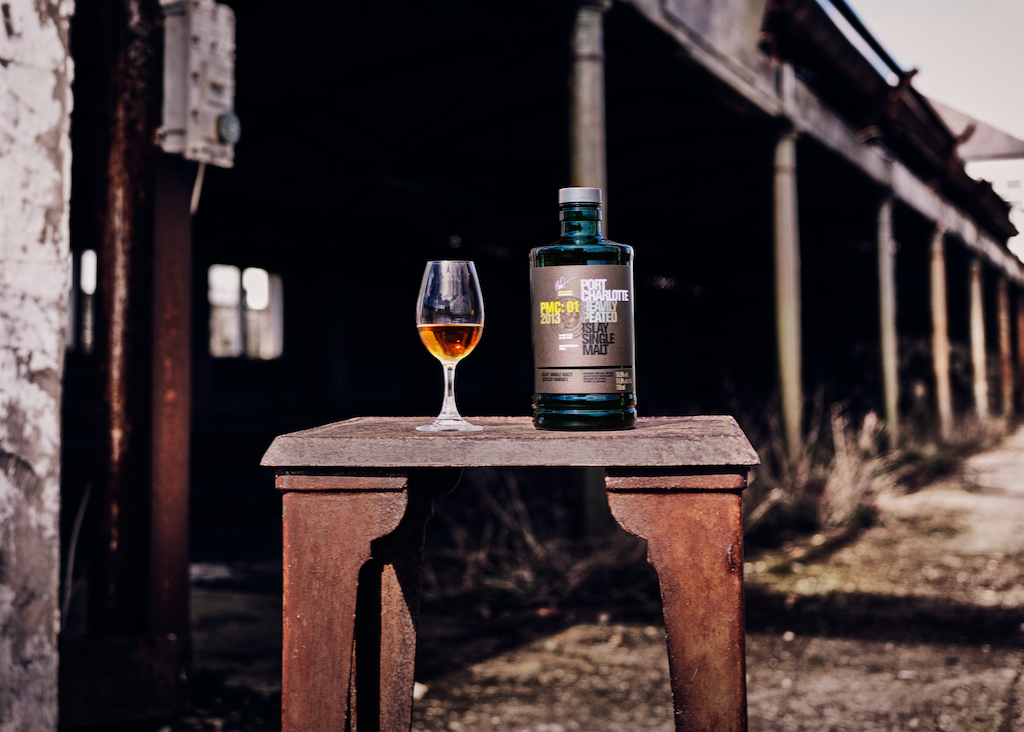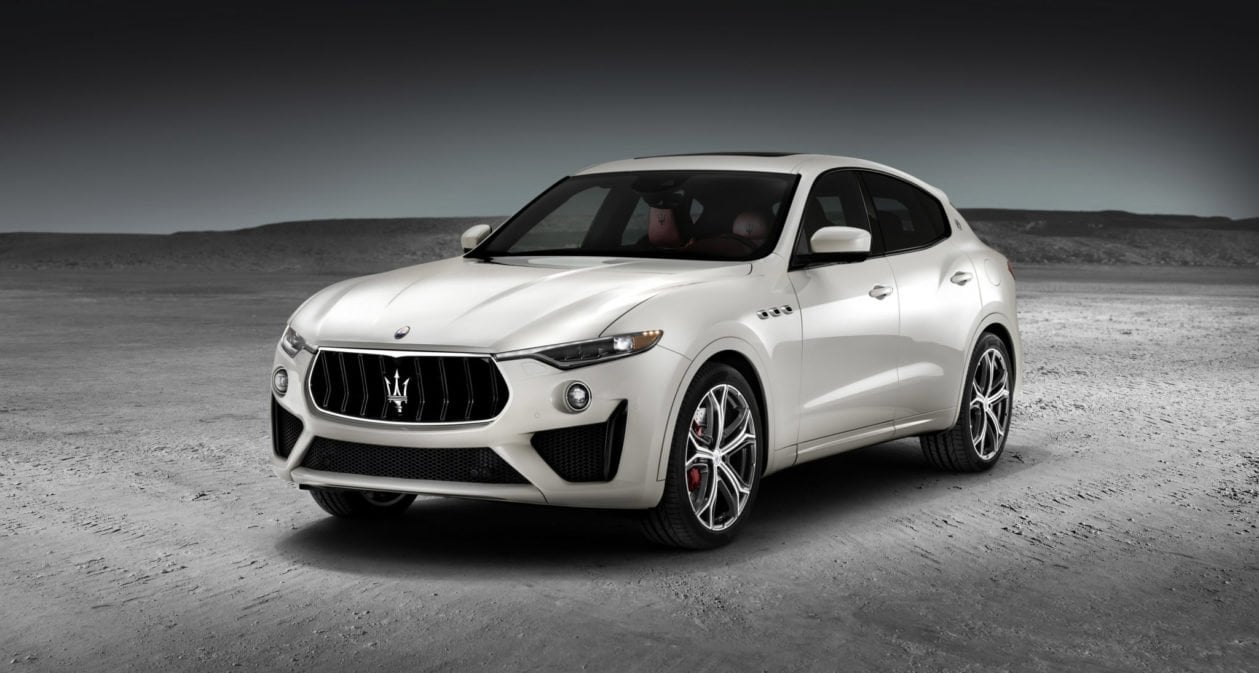Whether it’s outstanding service, impeccable artistry or exquisite manufacturing, excellence can take many forms. But what a person defines as excellent also depends on his or her own individual taste. In the Editors’ Picks series, Worth staff members share their favorite products, services and experiences for you to look into this year. Click through to see editor in chief Richard Bradley’s selections.
[worthgallery category=”rb-editors-picks-2018” posts=”-1″]







